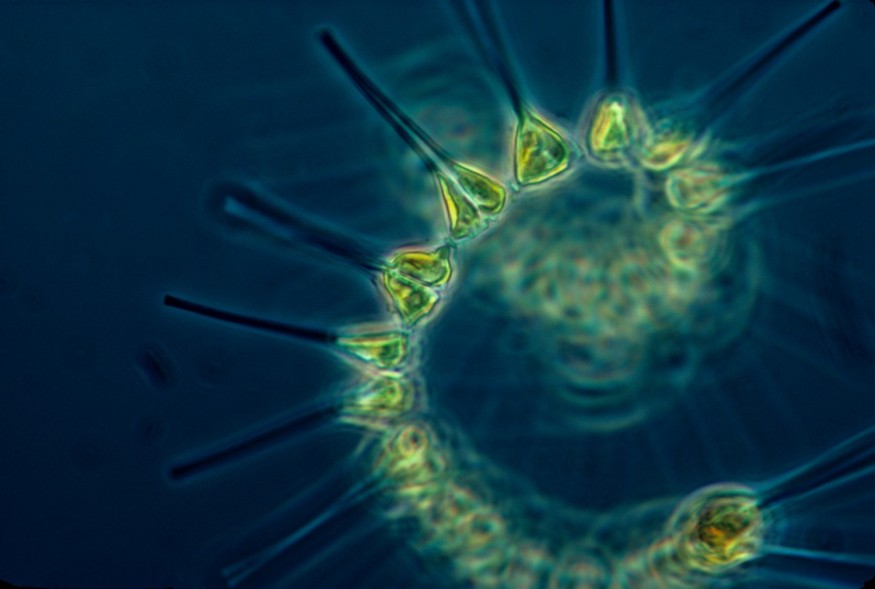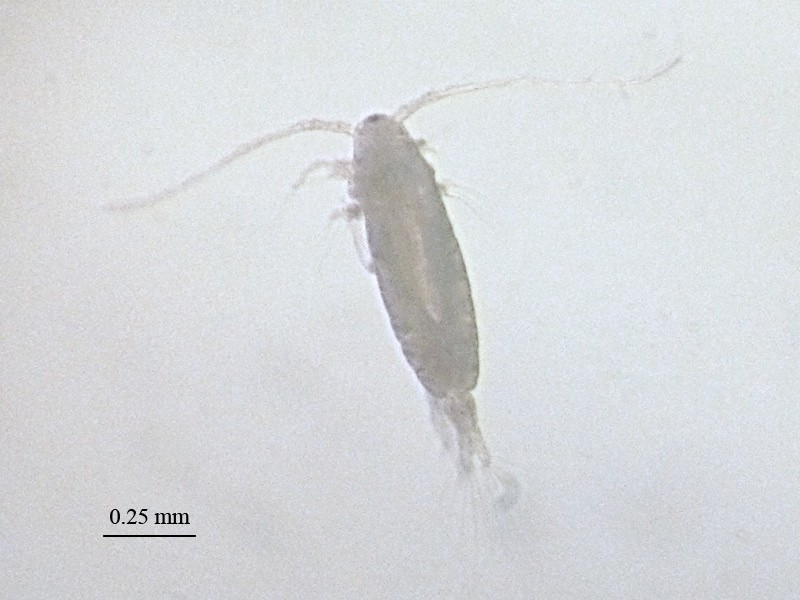Experts announce the discovery of two new and unusual diatom species found in the waters off Hawai'i's east coast waters. In the nutrient-poor open ocean they live in, the creatures were also discovered to fix nitrogen, which is a vital function that boosts production.
Scientists from the Department of Oceanography's C-MORE Center for Microbial Oceanography - Research and Education (C-MORE), as well as collaborators from the University of California at Santa Cruz and California State University San Marcos, shared their paper in Nature Communications.
Phytoplankton

The most well-known and fascinating phytoplankton are diatoms, with highly patterned cell walls formed of glassy silica. In nutrient-dense environments, they do best.
Diatoms struggle to develop in nutrient-poor open ocean waters surrounding Hawai'i because they don't have enough nitrogen to thrive. Some diatoms have formed symbiotic associations with nitrogen-fixing cyanobacteria to alleviate this problem.
These endosymbiotic cyanobacteria may convert dissolved nitrogen gas, which is abundant in saltwater but not available to diatoms, into ammonia, a type of nitrogen that diatoms can readily consume but is scarce in the open ocean.
Diatoms have their nitrogen generators because they keep the cyanobacteria within their glass dwellings. In this way, they become self-fertilizing systems.
C-MORE researcher and principal author of the study Christopher Schvarcz remarked in a report in Nature: "Oceanographers have known about these diatom-cyanobacteria symbioses in seas near Hawai'i for many years, but the species we uncovered are something completely distinct."
Because the diatom hosts are large "centric" cells with radial symmetry, the cyanobacterial endosymbionts living inside them form chains of cells that emit a bright yellow-orange fluorescent glow when illuminated with blue light; the better-known examples of these types of symbioses are very easy to spot under the microscope.
New Discovery
According to Science Daily, he discovered two new, smaller diatom species and a distinct lineage, with an elongated or "pennate" form with bilateral symmetry. Because they do not possess chlorophyll, their symbionts are likewise smaller, unicellular, and do not glow under fluorescent light, making them practically undetectable inside the diatom.
This is most likely why they had remained unnoticed for so long. Using a nitrogen-poor growth medium in the lab, Schvarcz found the new species by carefully analyzing the cultures under a microscope for weeks and months to see what kinds of phytoplankton would grow.
"The results were unexpected," said Grieg Steward, a UHM professor who collaborated on the experiment with Schvarcz. The new diatoms, he claimed, are connected to freshwater diatoms.
They had no clue we'd be able to discover their cousins living in the middle of the ocean. Chris's work, he said, serves as a good reminder of how much can be learned with a bit of patience and diligent attention.
More to Discover

When the researchers measured the daily patterns of nitrogen fixation of the cultures, it was another surprise. The nitrogen fixation activity in previously investigated species tends to be concentrated either during the day or at night, but not both.
The cultivation and finding of these species bring up many fascinating research possibilities. We can still learn a lot from the water, as seen by these animals.
For more similar news, don't forget to follow Nature World News!
© 2025 NatureWorldNews.com All rights reserved. Do not reproduce without permission.





